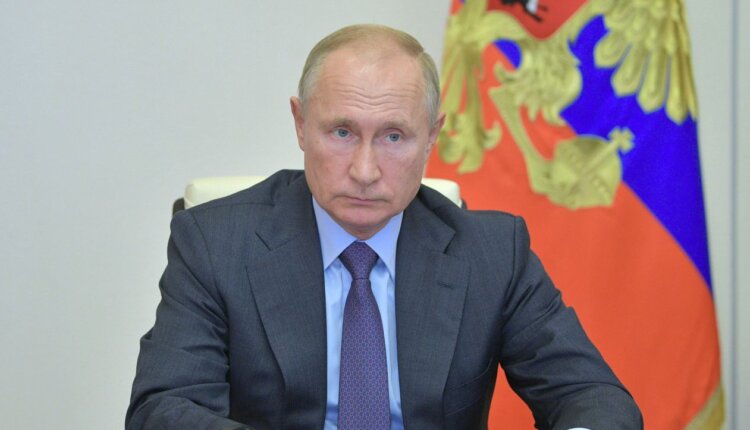Russia economy shrank significantly in the spring as a result of the Western sanctions. The gross domestic product (GDP) fell by 4.0 percent in the period from April to June compared to the corresponding quarter of the previous year, according to the national statistics office.
Economists had expected a sharper decline of 4.7 percent. Economic output has thus fallen back to the level of 2018.
It is the first quarter that is completely characterized by the war against Ukraine that began on February 24th. As a result, Western countries in particular decided on far-reaching sanctions. In the winter quarter, the Russian economy grew by 3.5 percent.
Russian President Vladimir Putin’s invasion of Ukraine has set the Russian economy back four years in the first full quarter after the beginning of the conflict, putting the Russia economy shrank on the longest recession on record.
For Russia, the war is frustrating, and the economy that accelerated in early 2022 contracted in the second quarter. The median forecast of 12 analysts surveyed by Bloomberg showed that Russia GDP contracted for the first time in more than a year, with an annualized decline of 4.7%.
Russian economist Alexander Isakov said: “The four-year growth of the Russian economy will be erased and restored to the size of 2018 in the second quarter. We expect that as looser monetary policy supports demand, the economic contraction will slow down to the fourth quarter. However, because the European energy ban will inhibit exports, the Russian economy will lose another 2% by 2023.
International sanctions caused by the war disrupted trade, paralyzed industries such as automobile manufacturing, and stagnated consumer spending. Although Russia economy shrank downturn has not been as serious as originally feared so far, the Central Bank of Russia expects that the economic downturn will intensify further in the next few quarters and will not recover until the second half of next year.
The Central Bank of Russia said that Russia’s economic contraction will intensify in the third quarter of 2022, and its strong current account surplus will shrink in the second half of this year as a key driver of the recent rebound of the ruble.
On February 24, Moscow sent tens of thousands of soldiers to Ukraine, triggering comprehensive financial and economic sanctions from Western countries. Since then, the export-dependent Russian economy has fallen into recession.
The Bank of Japan said that after shrinking by 4.3% in the second quarter, GDP will decline by 7% in the third quarter, and the economy is expected to start recover in the second half of 2023.

According to the latest forecast of the Russian Central Bank, the contraction in 2022 will be smaller than expected in April. At the same time, over time, the impact of supply shocks may be more lasting,” the People’s Bank of China said in a report on monetary policy.
The central bank said that Russia economy shrank by 4-6% in 2022, 1-4% in 2023, and return to 1.5-2.5% growth in 2024, reiterating its forecast when key interest rates were cut to 8% in July.
The Central Bank of Russia also said that according to its basic vision, the Ministry of Finance is expected to restore budgetary rules from 2023. The rule limits Russia’s budget expenditure and transfers surplus oil revenues to the contingency fund.
The purpose of purchasing foreign exchange in accordance with budgetary rules is to buy foreign exchange when oil prices are high to supplement national reserves. In the weeks before February 24, the purchase of foreign exchange was suspended when the ruble depreciated sharply in January.
The new budget rules have not yet been announced by the Ministry of Finance and have been approved by Russian President Vladimir Putin. This is expected to put downward pressure on the ruble. Thanks to capital controls, the ruble has become the best-performing currency in the world this year.

